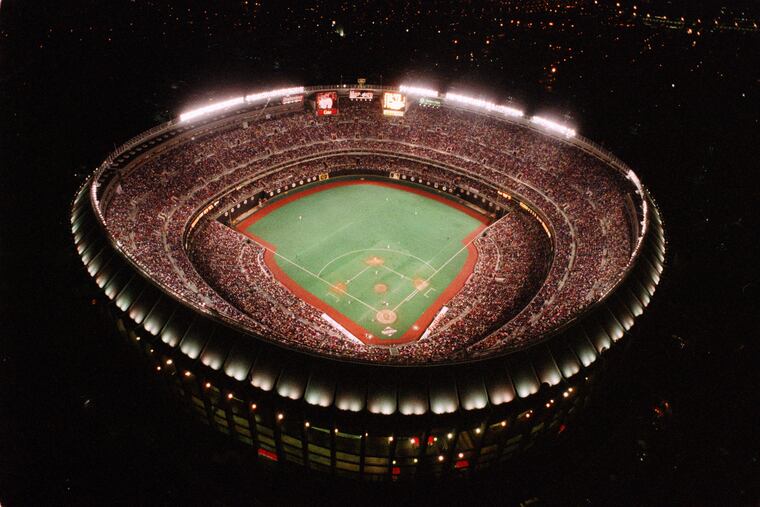The Phillies opened Veterans Stadium 50 years ago, but getting to South Philly was a long trip
For five decades, South Philadelphia has been the city’s sports destination. But it almost didn’t happen.

For five decades, South Philadelphia has been the city’s sports destination. But it almost didn’t happen.
